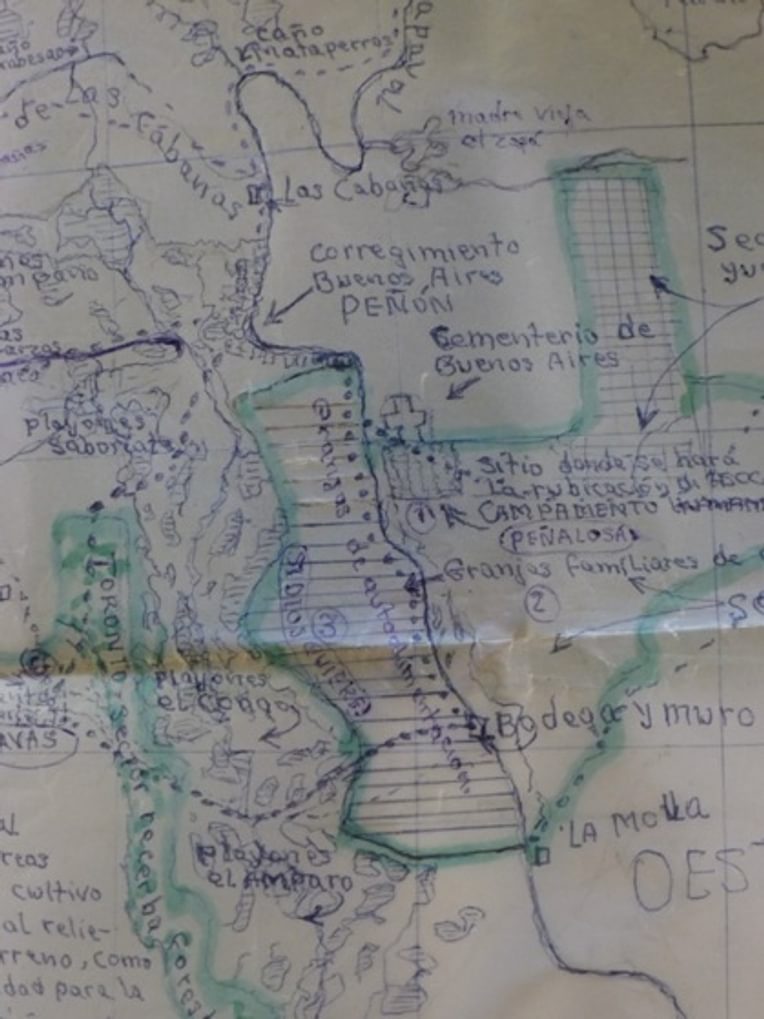This post builds on the research article “Excelente Zona Social,” which was published in the August 2012 issue of the Society’s peer-reviewed journal, Cultural Anthropology.


Questions for Classroom Discussion
1. Why do you think Taussig titles this piece “Excelente Zona Social,” which translates roughly as “excellent social area” (or, how would you translate it differently?). In what ways does the title relate to his argument about what ethnography is; what it does; or what it is for? What would a more straightforward title for the piece be—and why do you think Taussig avoids such a title and chooses this one instead?
2. In the beginning of his article, Taussig evokes several authors who have lived “emotionally in two places” (501). Of William Faulkner he writes that, “His novels were autoethnographic and the exotic lay more with his readers and his use of language moving back and forth across that thin membrane where inner and outer worlds meet and dissolve” (500). What does it mean for a novel to be “autoethnographic”? Why might the exotic “lay more with…readers” than, presumably, the subject matter of Faulkner’s writing? What might be an example from something you’ve recently read in which the language or content seems to move across a “membrane where inner and outer worlds meet and dissolve”? What does Taussig seem to imply here about ethnography, and perhaps, in particular, about his sense of what it ought to strive to do?
3. a. “Excelente Zona Social” is full of rich, deeply sensorial description such as this one: “Feeling the coca powder with my finger and thumb was beautiful, like the softest velvet, resonating with the subtlety of its color between light green and grey, like stardust, if you know what I mean” (500). Do you “know” what he means, as a result of such thick sensorial descriptions, and how or why do you know what he means? Does ethnographic writing that calls on the sensorium—touch, smell, taste—to help the reader to imagine a place, work better than writing that is less aligned with the conventions of fiction or poetry?
b. Do you think Taussig means at these moments to provide examples of keen ethnographic description—even a kind of performance of ethnographic description itself? If so, are we to understand this piece as a model of ethnographic writing? as a slightly ironic performance thereof? as a means of integrating ethnographic description with the particular political complexity of the place he describes in Northern Columbia? all of the above?

4. Central to Taussig’s argument about neoliberalism in northern Columbia is that “displaced or resistant peasants have come up with the idea of ‘territory,’ meaning their territory based not on commodity values but on use value bound to histories of possession based on use, on closeness to the land and now something new or newly articulated, namely conscious care for the sustainability of the environment” (502). How does Taussig evoke this contrastive sense of territory ethnographically and through ethnographic vignette?
5. Several tensions or oppositions are in play in the article: the State versus local indigenous populations; commodity values versus use values; the anecdotal versus “social sciencey stuff” (504); history versus(?) memory; the practical and the poetic; alienable territory versus an indigenization of non-alienable territory. Yet while Taussig deploys these oppositions he also demonstrates that in this ethnographic context it is difficult to pull apart the “traditional” from the “modern,” and local histories from official histories (see his essay “Constructing America” in Walter Benjamin's Grave for another example of this). How does Taussig reconcile binaries, tensions, or opposites with the messiness of lived experience (or “fragmented and multiple nature of social reality” (514)) in this ethnographic essay? To what extent is it possible to do so?

6. Near the end of the essay, Taussig offers several thought-provoking observations about ethnographic writing and fieldnotes: that a fieldwork notebook is “territory” with its sense of permanence; as a medium in which the Self dissolves into the writing and representation and events and thoughts that are depicted (514); as “modernist art objects, fetishes, talismans, and…magic encyclopedias” (515); and as a collection of “afterthoughts” and “secondary elaborations” (515). Which of these do you find most compelling, in the end? Which seem most practical to bring to your own ethnographic research and writing? Why?

Further Reading
Taussig, Michael T. 1997. The Magic of the State. New York: Routledge.
Taussig, Michael T. 2004. My Cocaine Museum. Chicago: U Chicago Press.
Taussig, Michael T. 2006. Walter Benjamin's Grave. Chicago: U Chicago Press.
Taussig, Michael T. 2009. What Color is the Sacred? Chicago: U Chicago Press.

Images
All images are those of the author, Michael T. Taussig.